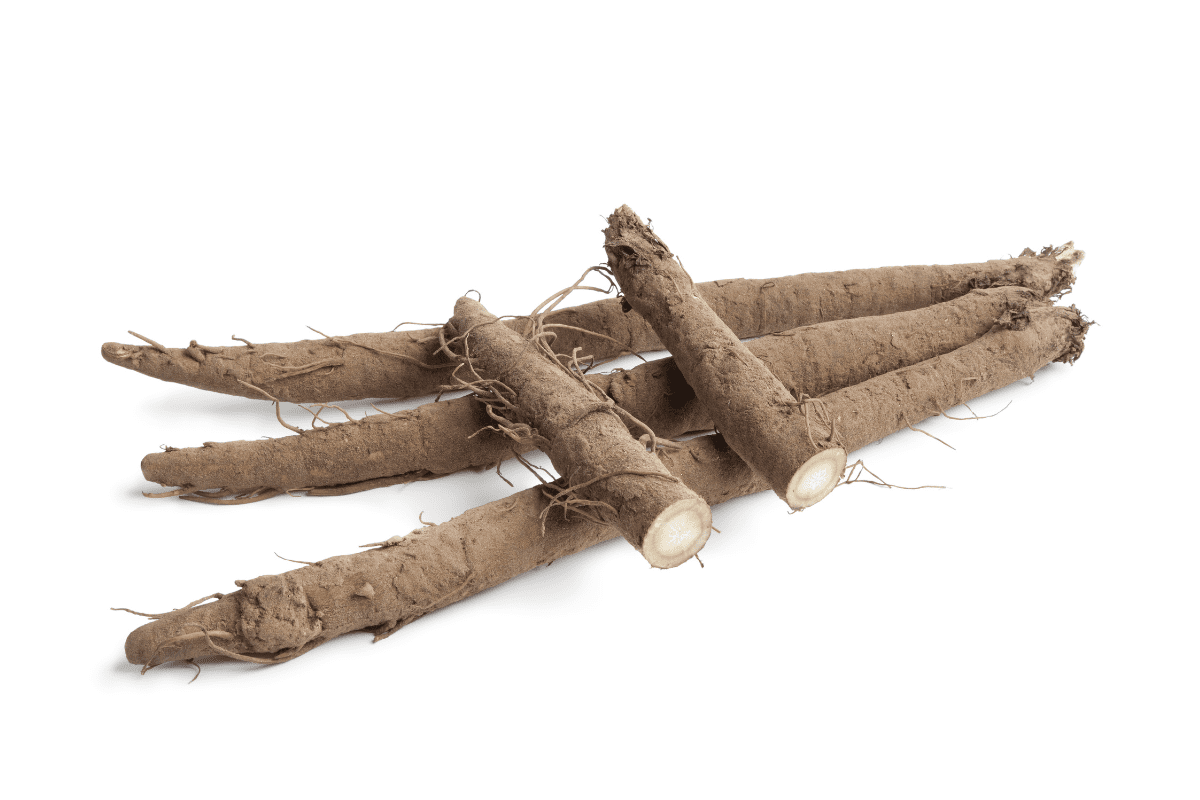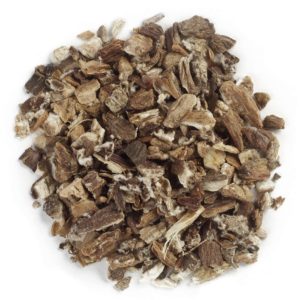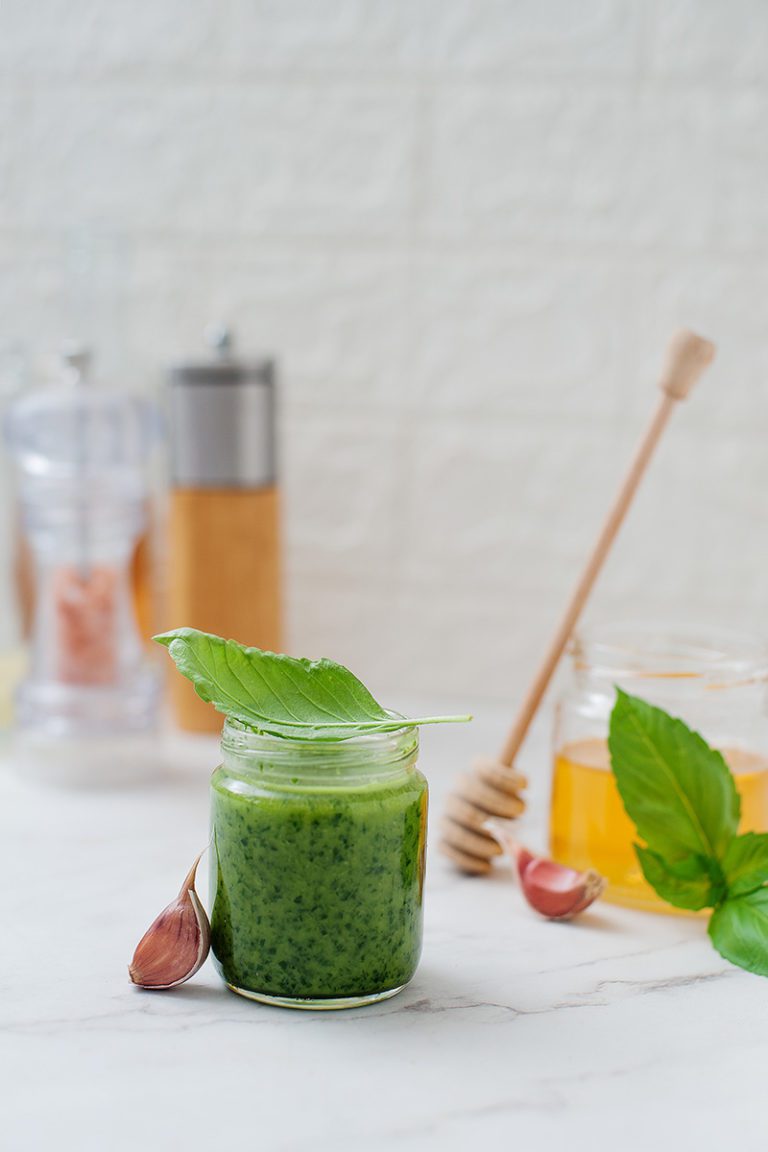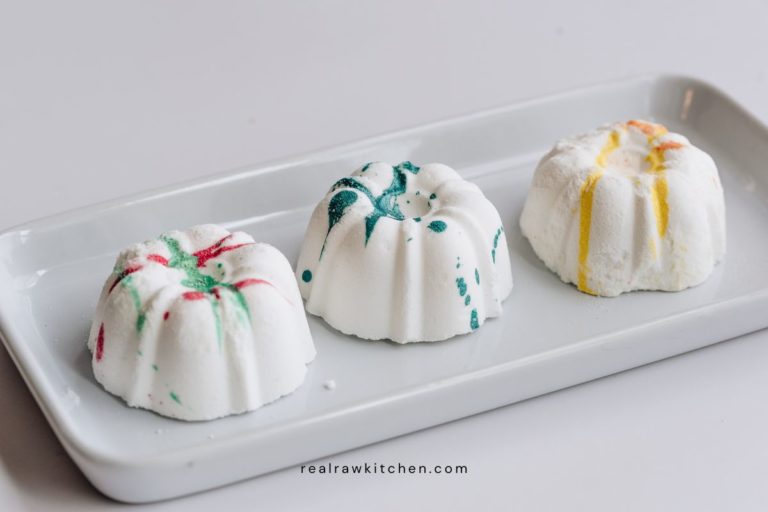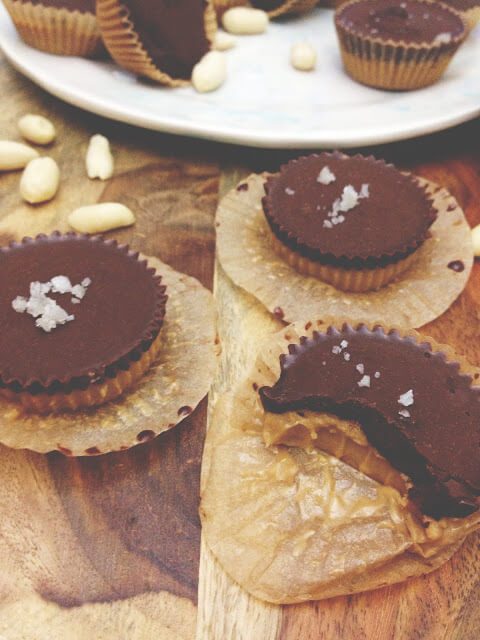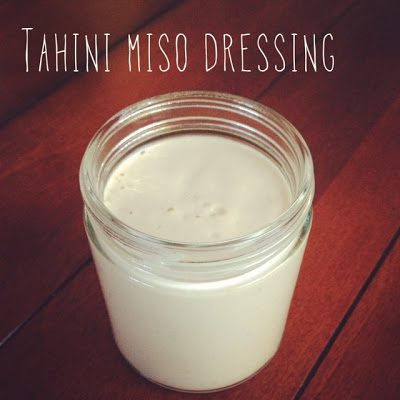With its furry stick, heart-shaped leaves, and delicate purple flowers, Burdock root (AKA Arctium lappa) is a key ingredient in many traditions: from Chinese to Indian and even Native American where it was widely known and used for its many beneficial properties.
Nowadays you can still reap the amazing benefits of this Burdock root if you know how to use it and where to find it. Let’s learn more about burdock root benefits so that we can return to plant medicine right at home.
Known Burdock root benefits
Burdock has a fascinating history that embraces many traditions and cultures. Just think that two of the most famous medical systems, such as Traditional Chinese Medicine and Indian Ayurveda, often used burdock to treat common colds, flu as well as many respiratory issues.
It’s also said that Chinese doctors would often recommend consuming burdock to purify the blood.
And interestingly enough, the benefits of this root were no secrets also for Native Americans. Traditionally, it’s believed that shamans would use burdock root to purify the body and spirit.
But its uses don’t end here, as this plant was originally believed to be an amazing panacea against constipation, hair loss, arthritis, kidney stones, and many more conditions!
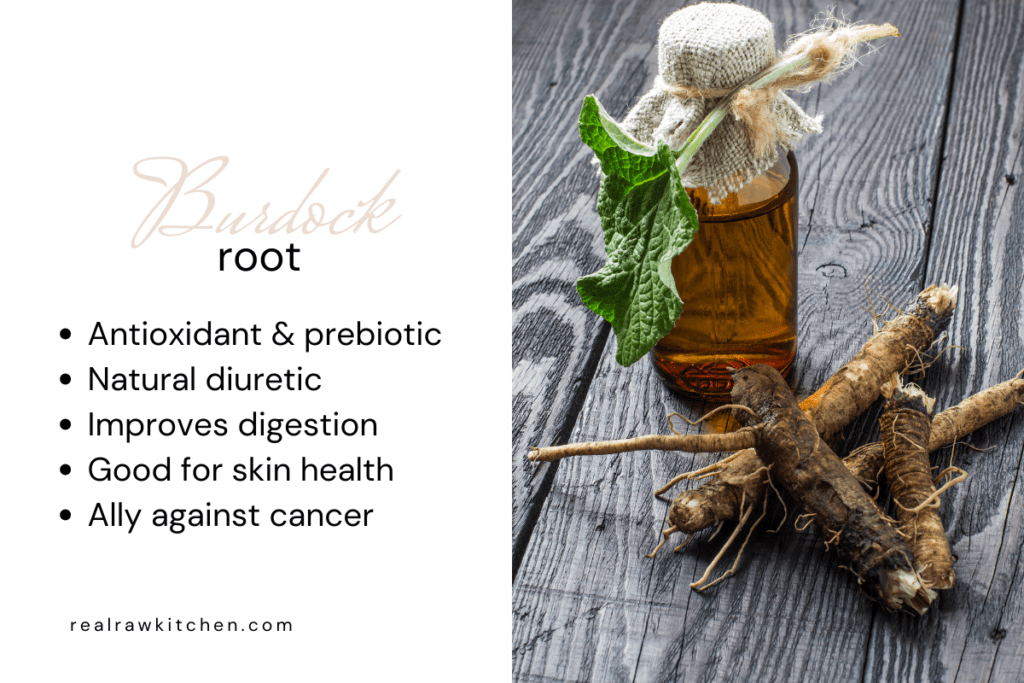

Today modern science is still carrying out many studies to confirm the wide range of health benefits of Burdock root. Recent research has in fact proved that Burdock root is:
- A powerful antioxidant: compared to other veggies and fruit burdock is an excellent source of antioxidants and prebiotics. Some of them are for example, quercetin, luteolin, and phenolic acids, which can naturally protect cells in the body from damage caused by free radicals, hence helping prevent a great number of health conditions.
- A natural diuretic: this amazing root can stimulate the kidneys and help the body eliminate excess water by increasing urine output.
- Great help to improve digestion: burdock is full of inulin, which is an organic dietary fiber that helps us improve digestion. But there’s more because inulin can also lower blood sugar, making it a great ally against diabetes.
- A natural remedy to preserve skin health: being made of carbohydrates, volatile oils, plant sterols as well as tannins among other fatty oils, Burdock root can be used as a topical remedy to treat most common skin conditions like eczema, acne, and psoriasis.
- An ally against some types of cancer: burdock root might have “potent inhibitory effects” on cancer cells, especially those that can cause pancreatic carcinoma.
Potential risks and side effects
Burdock is not really among those potentially dangerous herbs because it’s generally considered quite safe to consume. However, if you’re not too familiar with the plant it’s always best to consult a doctor or a reliable herbal practitioner before use. For this reason, unless you’re a real expert, avoid foraging wild burdock root. The burdock roots slightly resemble those of the family of belladonna nightshade plants, which are known to be highly toxic!
The best option would be to simply buy it only at trusted natural stores. On top of that, since burdock is also a powerful diuretic, it’d be better not to consume it if you’re dehydrated. Also, since no studies have proven the efficacy and safety of burdock supplements, you should try to consult a doctor before use and try to take them only in moderation. Other precautions to keep in mind are:
- Burdock is not suitable for those who are allergic to chrysanthemums or daisies: A study published in the Journal of Ethnopharmacology found that burdock root contains compounds that can cause allergic reactions in people sensitive to certain plants, including chrysanthemums and daisies. Another study in the Journal of Ethnopharmacology also supports this claim.
- Avoid consuming burdock if you’re undergoing surgery: A study published in the Journal of Ethnopharmacology found that burdock root can increase blood circulation, which could potentially increase the risk of bleeding during surgery. Another study in the Journal of Ethnopharmacology also supports this claim.
- Avoid consuming the root if you’re pregnant or planning on getting pregnant: A study published in the Journal of Ethnopharmacology found that burdock root can have potential adverse effects on pregnancy. Another study in the Journal of Ethnopharmacology also supports this claim.
- Burdock root can interact with medications for diabetes: A study published in the Journal of Food Research found that burdock root can lower blood sugar levels, which could potentially cause hypoglycemia in people taking diabetes medications. Another study published in the journal Diabetologia also supports this claim.
Forms and doses
As we’ve explored in the previous section, the burdock plant has been harvested for millennia and has always been known for its many medicinal properties. But actually, burdock appears to be also an essential ingredient in typical Japanese culinary tradition, where it’s consumed as a vegetable known by the name of gobo. As said before, another culture that is known to consume the plant is Native Americans, who used to boil the stems of burdock in maple syrup and eat it as a delicious treat.
In European folk medicine, burdock seeds were often consumed as an infusion or decoction, both of which boost the plant’s natural diuretic function. Nowadays there are many ways in which you can consume burdock root; for example, it’s very common to find Burdock supplements and burdock root extract online or at natural stores but their efficacy is still to be scientifically proven. Either way, if you want to experiment with this amazing plant, you can also make a root tincture, a tea, and a fine powder!
Let’s find out more about the ideal dosage:
- Burdock Root Tincture: Traditionally taken 2-3ml, 2-3 times per day or as suggested by your trusted Herbal Practitioner.
- Burdock root tea: Use 1-2 teaspoons per cup of burdock root and add it to boiling water, allowing it to steep for around 3 to 10 minutes.
- Burdock root powder: Ideally use one or two grams of powdered dry root up and consume it a maximum of three times per day.
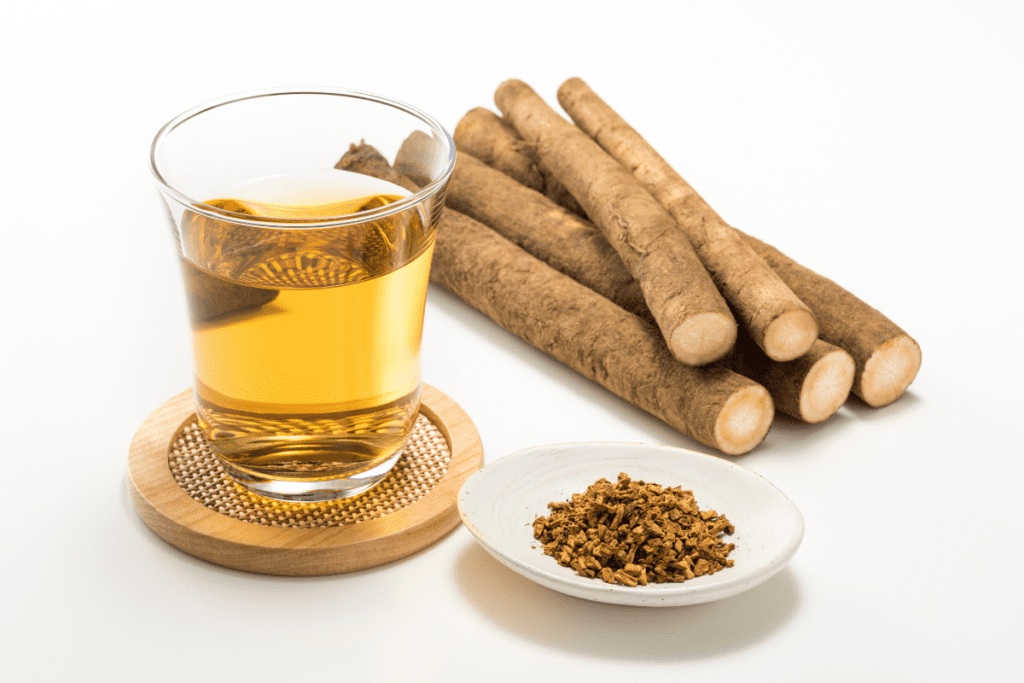

Burdock root recipes
Burdock root is not just a healthy plant, but it also tastes amazing! Plus, there are tons of ways in which you can consume this delicacy. The root is known to have a particularly bitter taste so if you want you can also eat it raw and garnish salads, or coat it with sugar.
You can easily find fresh burdock root at your local natural food stores or at Asian specialty stores. In case you do not wish to consume the root immediately, you can still keep it fresh for several months; just make sure you store it in an airtight container and place it in a refrigerator.
However, if the bitterness of raw burdock root is too much for your taste, you can also cook it like any other veggie. And when you eat the stalks instead, you might find some similarities with the earthy taste of asparagus. Including burdock root in your meals can really enrich your diet and help your body stay wonderfully healthy! Here are some cool, mouthwatering recipes:
- Japanese braised burdock root: Cut 1 burdock root into small strips, place them into a bowl with water, and allow it to steep for around 10 minutes. Heat 1 tablespoon of vegetable oil in a big saucepan and cook the root for around 2-3 minutes. Then prepare the Kinpira braising stock, mixing 60 ml of water with 2 tbsp of sake, 1 tbsp of mirin, 2 tbsp of soy sauce, and 1 tbsp of sugar. Once the mixture is ready add it to the burdock and add in 1 dried chili and simmer until the liquid has evaporated. Transfer to a plate, add sesame seeds, and allow it to cool down!
- Pickled burdock root: After peeling 2 roots, cut them and place them into an ice water bath with a splash of vinegar and boil the roots for 2 minutes. Drain and place it back into ice water. in a plastic bag mix and shake 3 tablespoons mirin with 3 tablespoons komezu, 2 tablespoons sugar, and 1 teaspoon salt. Add the root into the bag and refrigerate overnight, and your delicious pickled root is ready to be consumed!
- Miso-Glazed Burdock: Put 1/4 cup walnut halves to toast in the oven for about 6 minutes. Mix 1/2 lemon juice in a saucepan with 4 cups of water, 1 tablespoon of sugar, and a pinch of salt. Peel and cut 2 burdock roots, add them to the lemon mix, and then cook it for about 30 minutes. Drain and then put it back into the saucepan. Add in 2 teaspoons of sugar, 1 teaspoon of rice-wine vinegar, and 1 teaspoon of miso, and cook for about 2 minutes. Place the burdock on a plate and let it cool. In a separate bowl, mix 2 tablespoons of rice-wine vinegar with 2 teaspoons of miso. Add 3 tablespoons of peanut oil and season with salt and pepper. Finally, in a big bowl put 10 leaves of lettuce, walnuts, and burdock, add your dressing and enjoy!
Try these other healing herbs for women’s wellness:
- Motherwort uses
- Herbs for PCOS
- Plantain leaf benefits
- Herbs for balancing female hormones
- Herbs for sitz bath
- Schisandra berries
- Mullein root benefits
Closing thoughts
We’ve journeyed through the enchanting world of burdock root, unearthing its rich history and potent benefits. From antioxidants to digestive aids, this root is a powerhouse of wellness. But remember, it’s not just about the benefits – it’s about respecting nature and understanding the potential risks.
Always consult with a healthcare professional before diving in. I also shared a few culinary delights of burdock root! It’s a testament to the beauty of plant-based living.
So, as we continue to explore the wonders of natural remedies, let’s toast to a journey of discovery, healing, and a return to nature’s wisdom.
Learn more about herbal medicine


Calendula Benefits For Skin For Eczema, Dryness, & Wound Healing
Here are the powerful calendula benefits for skin and why I use it in all of my skincare products
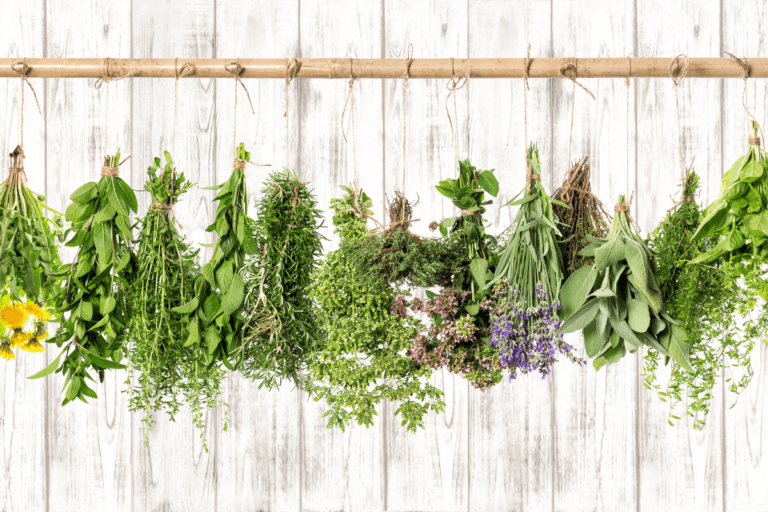

7 Herbs For PCOS (& Other Natural Remedies)
Research shows that these herbs for PCOS can help treat symptoms. Here’s which ones to try.
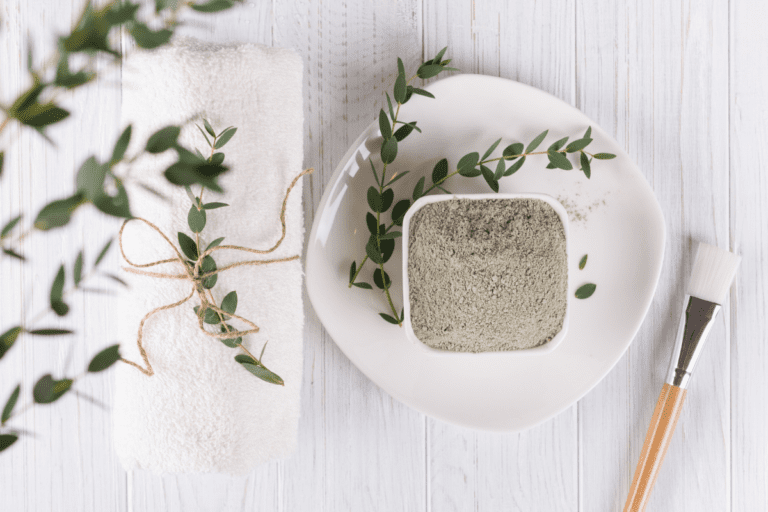

Incredible French Green Clay Benefits For Glowing Skin
Here are all of the incredible french green clay benefits for gorgeous, calm, healthy skin.


11 essential oils for PCOS relief and support
PCOS can be challenging for our beautiful bodies. Here are 11 essential oils for PCOS that can help make it a little easier.


How to use essential oils in the shower to heal everything
Here’s how I use essential oils in the shower, plus a few recipes!


How to make a perfect herbal sitz bath
Here are the perfect herbs for a healing sitz bath.
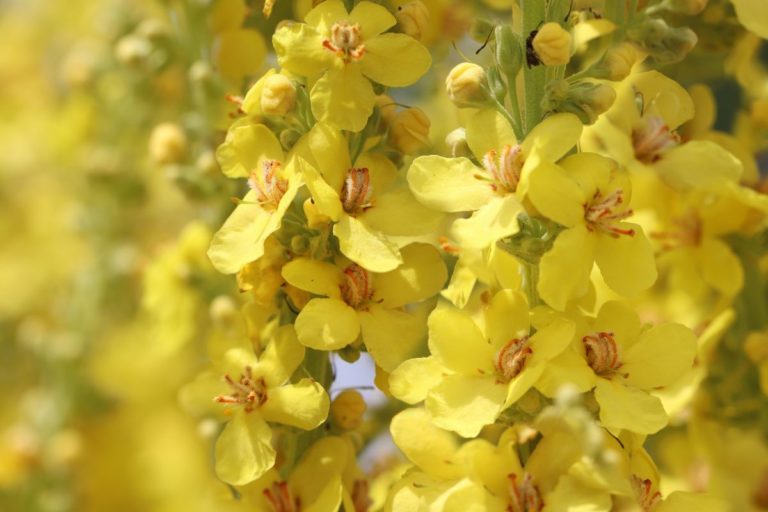

Exploring Mullein Plant Medicinal Uses (And Recipes)
Discover the medicinal benefits of the mullein plant for respiratory issues, skin conditions and ear pain. Plus a few recipes for your own home remedies.
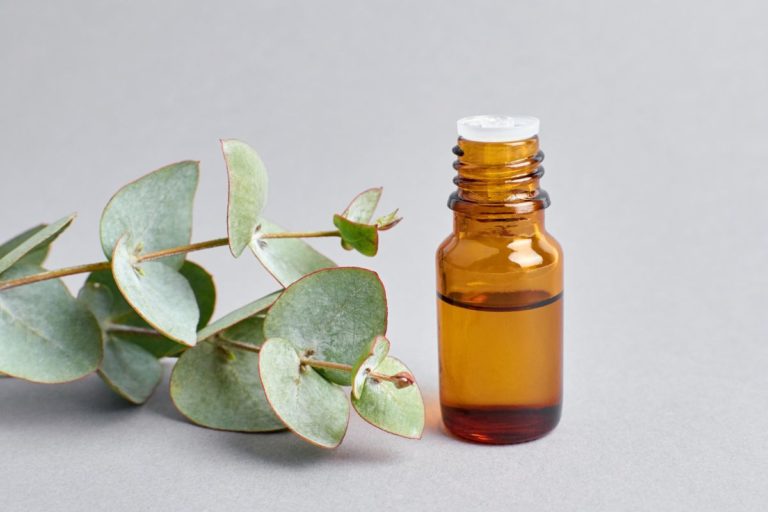

6 best essential oils for the lymphatic system
Essential oils can be used to stimulate the lymphatic system, reduce inflammation, and improve immune system functioning. Learn how to use essential oils for lymph nodes and which oils are most effective.
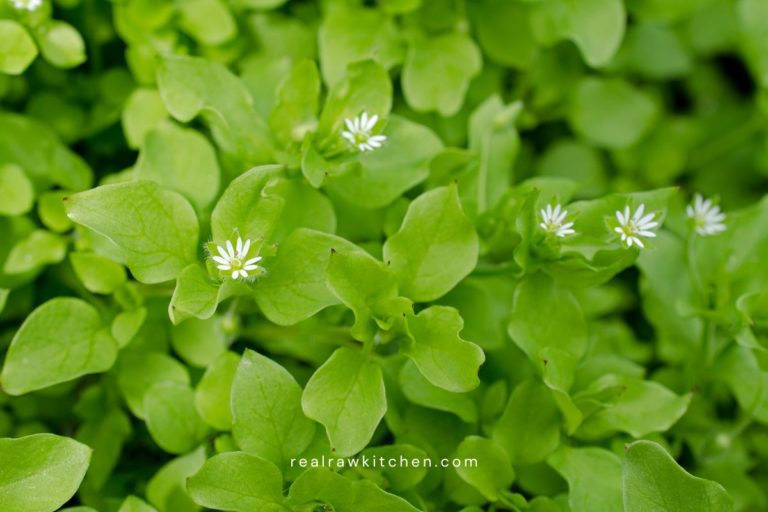

Chickweed health benefits for your home
Learn more about the chickweed health benefits and why you’ll want it in your own home medicine cabinet.
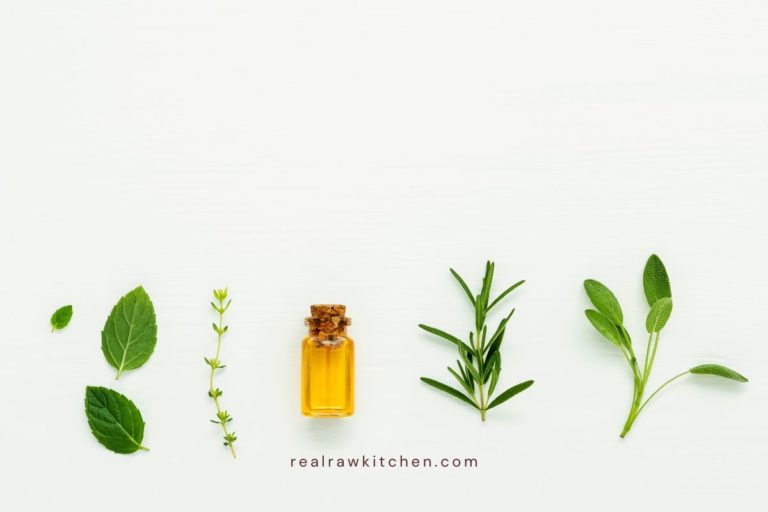

How to infuse herbs in oil: 6 ways to to make herbal infused oils
I love using fresh herbs for different medicinal and beauty recipes. These are my favorite ways to infuse herbs in oil quickly.
